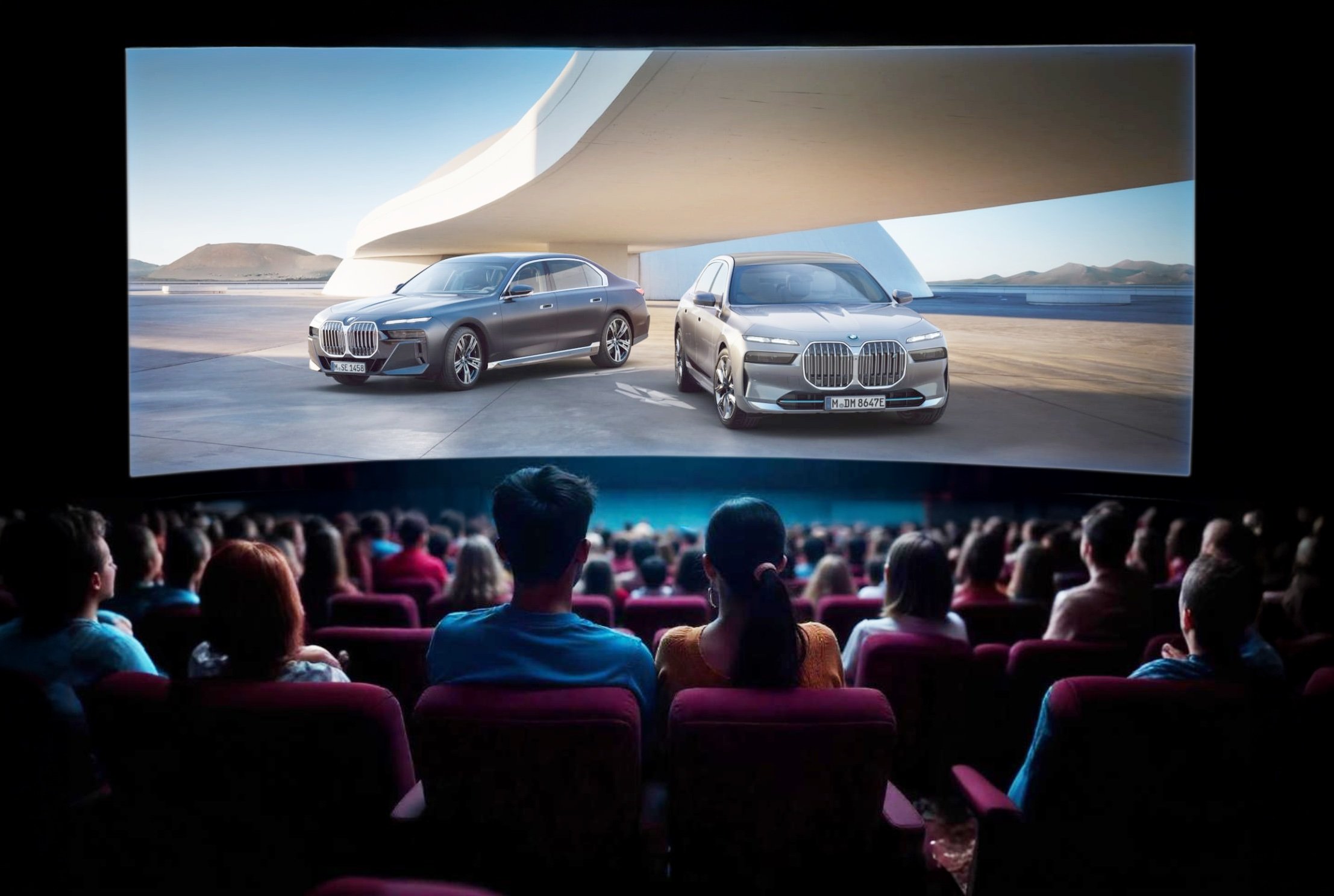
The Middle East’s advertising industry is projected to reach $6.9 billion by the end of 2024. More than half of this amount is now spent on digital and online advertising.
However, this surge is accompanied by increasing ad fraud concerns, with advertisers stressed about getting a reliable ROI on their ad spend.
Regulatory efforts have been made to combat misleading results, with certain countries in the region going as far as to implement verification software on digital advertising platforms.
The UAE is currently beta-testing VeraViews, a platform that employs distributed ledger technology to verify advertising views, eliminate the dissemination of harmful content, and prevent bad actors from using the media supply chain to fund ad scams and extremist sites. This is done using its proprietary ‘Proof of View’ technology.
As new digital platforms await wider rollout, cinema advertising remains a reliable safeguard against ad fraud.
What guarantees does cinema advertising offer to protect brands from ad fraud?
Simply put, cinema advertising’s ability to deliver ads directly to real audiences makes it a trusted medium for brands.
It offers clarity and ensures brand safety in ways digital platforms have yet to match.
“Cinema advertising guarantees unmatched protection from ad fraud due to its inherently transparent and verifiable nature,” said Avinash Udeshi, Chief Operating Officer of Motivate Val Morgan.
“Every ad is shown to an audience that has deliberately chosen to be there, ensuring authentic engagement with your brand,” Udeshi said.

The reliability of advertising in cinemas
A cinema’s controlled environment and verified audience offers advertisers a safer, more reliable option.
Motivate Val Morgan equips advertisers with two proprietary tools — CinePlan and CineMeasure — that offer transparent planning and reporting capabilities. These tools are integrated with box office data, enabling advertisers to have clarity on how many eyes are capturing their messaging.
“CinePlan assists advertisers in strategically planning their campaigns by targeting admissions, demographics, and predefined packages. Meanwhile, CineMeasure delivers detailed, data-driven weekly reports, providing insights into audience demographics, campaign performance, and return on investment,” explained Udeshi.
This allows brands to make informed decisions based on accurate weekly data, available by screen and by movie for every location.
How does cinema ensure quality audience attention?
Cinema’s ability to consistently capture audience attention makes it a powerful medium for driving high message recall and engagement. Its immersive environment offers a unique advantage over other platforms, ensuring viewers stay focused and receptive to brand messages.
“Cinema remains the gold standard for capturing attention and driving higher message recall,” Udeshi said. “Multiple eye-tracking studies confirm that cinema ads generate high levels of active attention, thanks to the distraction-free setting.”
Unlike other platforms, where ads compete with multitasking viewers or can be skipped entirely, cinema delivers content to a captive audience, creating meaningful brand interactions.
“The cinema environment fosters positivity and maximizes message impact,” added Udeshi. “It offers a shared, happy experience, providing a healthy and engaging alternative to solitary habits like doomscrolling. Every moment counts, and audiences are more open to receiving your message in a positive environment.”

How reliable are cinema metrics compared to digital platforms?
Cinema advertising metrics rely on occupancy data combined with audience surveys, providing consistent and verifiable insights. Advertisers can customise their campaigns based on location, demographics, and relevant movie titles, ensuring precise targeting aligned with their product category.
“Cinema allows brands to engage with the right audience in an environment free from digital malpractices like ad stacking or inflated views,” said Udeshi. “Brands can be confident that their message reaches the right audience, delivering authentic engagement.”
Unlike digital platforms — where measuring attention can be challenging — cinema ensures meaningful interaction with every ad. “There’s no uncertainty about whether someone is truly paying attention or simply scrolling past,” Udeshi explained.
He also reflected on the frustrations of misaligned targeting on digital platforms and said, “In a household where multiple people use the same device, like in my home, ads are often directed at the wrong gender or age group.”
With cinema, however, advertisers can select their target audience based on precise criteria such as location, affluence, and movie preferences, ensuring relevance at every step. “Movies shown in cinemas are governed by age-appropriate ratings certified by government censorship boards, further refining audience targeting,” Udeshi said.
As brands are forced to worry about transparent metrics and ROI, cinema advertising continues to offer a fraud-free, reliable alternative to other platforms. Its guarantee of real audience attention, consistent reporting and precise targeting ensures advertisers maximise the impact of their campaigns.









